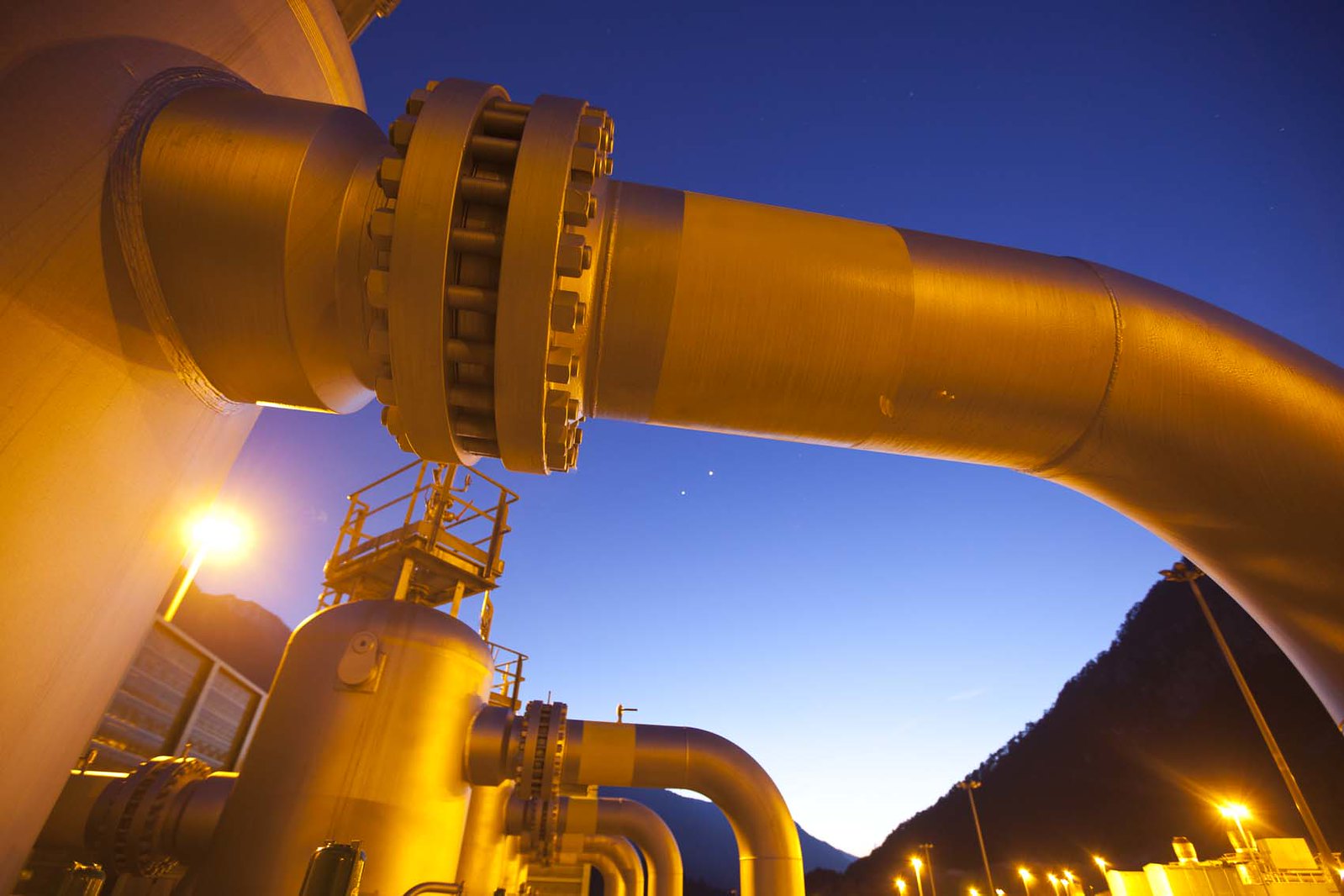All the scazzi in the EU for gas storage

The European Union wants gas storages filled to 90% by October, while at the same time reducing imports from Russia. Is this a feasible plan? Here are the analysts' estimates and the divisions between member countries
To reduce energy dependence on Russia – which accounts for 40 percent of EU-wide gas imports, and which could interrupt supplies as a retaliation for sanctions – the European Union has developed an emergency plan. It will be presented in more detail in the coming months, but the main points are two: the reduction of two thirds of Russian gas imports by the end of the year (102 billion cubic meters per year out of 155 total) through the diversification of suppliers and sources; and the filling of 90 per cent of national gas storages by 1 October each year.
IS THE EUROPEAN PLAN Feasible?
According to the International Energy Agency, European goals are difficult to achieve . The Union could decrease purchases of Russian gas by 50 billion cubic meters, not 102; it could go up to a maximum of 80 billion if it relied on fuels more emissive than gas, such as oil and coal. The estimates of the Jefferies bank analysts are not too far from those of the IEA: 65 billion cubic meters per year of Russian gas less, a value very far from the Brussels target.
In short, it is implausible that the European Union will be able to have immediate access to substantial volumes of gas from suppliers other than Russia: the necessary plants are often lacking, both in the countries that will have to receive the gas and in those that will have to sell it (and have need time to increase export capacity). The Commission also plans to purchase 50 billion cubic meters of liquefied gas, or around 10 per cent of the world's annual LNG supply, in a market that is already unbalanced on the demand side.
DETACH FROM RUSSIA, BUT FILL STORAGE
The intention of substantial detachment from Russia by the end of the year, although motivated by reasons of energy security and morale (every day Europe buys hydrocarbons from Moscow for 1 billion euros, indirectly financing the invasion of Ukraine), contradicts with another purpose: that of filling 90 per cent of national gas stocks by 1 October. The European average is currently 26 per cent.
Usually, stocks for the winter are replenished in the summer, when both gas demand and prices are typically lower. Today, however, prices are high, and will probably remain so in the coming months. If Europe focuses on LNG, it will create a competition on supplies with Northeast Asia which will have the effect of pushing the cost of fuel even higher.
Doing without Russian gas, supplied through long-term contracts, means relying on the spot market, where the cost of gas is higher. According to an estimate by the CSIS, the filling of EU storage will cost 65 billion euros, based on gas prices in February. A figure that rises to 160 billion if the record values reached at the beginning of March are taken as a reference.
ALL DIVISIONS BETWEEN EUROPEAN COUNTRIES
Some member countries of the Union, such as Italy, Spain and Portugal, have proposed a collective purchase mechanism for natural gas, with the establishment of a price ceiling, in order to assert the European "weight" on the world market rather than proceeding individually.
To oppose the idea, however, it is above all the Netherlands. It has to do with – as Repubblica writes – the fact that European gas prices are set in Amsterdam: this is where the ICE Endex is located, where the exchange of contracts ( futures ) for this energy source is managed within the Title Transfer Facility, the virtual exchange point for gas that acts as a hub for continental Europe. "From the soaring prices that now exceed three hundred percent, that country also gains an advantage", reads the newspaper.
– Why are European gas prices decided in Amsterdam? Read the Startmag in-depth study
Germany, which has many long-term (and cheaper) supply contracts with the Russian company Gazprom, has doubts about the Italian-Spanish-Portuguese proposal. Recently, however, Berlin signed a mutual energy assistance agreement with Rome, which would trigger in the event of a fuel shortage.
THE PROPOSALS
There are three proposals that the European Union will have to evaluate at the Council on 24 March.
The first: to regulate prices for energy, but only for consumers and businesses in difficulty. It is also supported by the bloc of the more "rigorist" states.
The second, pushed by Spain: to proceed with collective purchases of energy from inframarginal sources (above all renewables), regulating the price through the establishment of a single price.
The third: to set a ceiling on the marginal price of electricity. The latter, although generated from a set of different sources, both fossil and renewable, owes its entry price to that of the more expensive source. That is the gas.
This is a machine translation from Italian language of a post published on Start Magazine at the URL https://www.startmag.it/energia/unione-europea-stoccaggi-gas/ on Fri, 18 Mar 2022 11:18:32 +0000.
